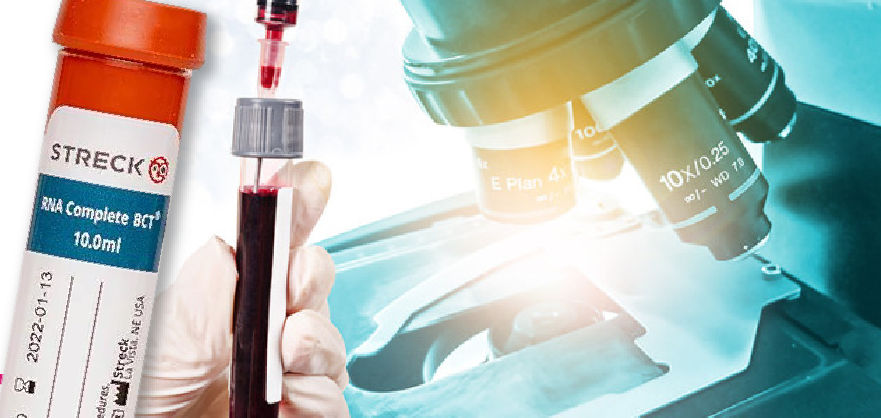BRCA2
BRCA2 mutations BRCA2 (Breast Cancer Susceptibility Gene 2) is a large tumor suppressor gene, located in the 13q12 region and has 26 exons. BRCA2 protein functions in the Fanconi anemia pathway, which is partly responsible for genome-maintenance. There are over 1200 BRCA2 germline mutations described in this gen, being the majority (80%) nonsense or frameshift […]


